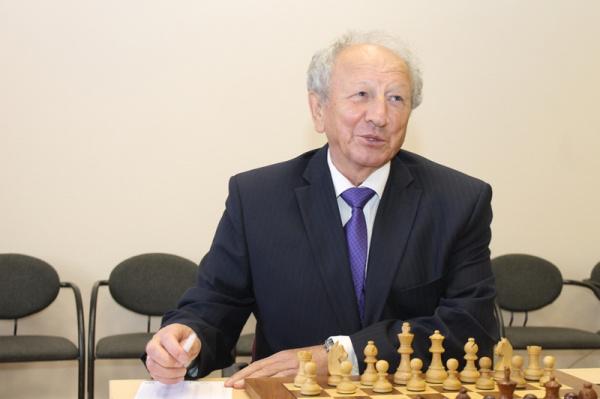
How Opening Priorities Differ For White And Black: What Sveshnikov Taught
With the passing of GM Evgeny Sveshnikov at the age of 71 earlier this month, reflecting on his immense contributions to the world of chess, particularly opening theory, is in order. His set of opening priorities are important for beginning and “amateur” (as the Russian-Latvian grandmaster calls us who are not titled) players to know.
Understanding these priorities and improving our chess opening knowledge can create advantages for the middle- and endgame phases. As Sveshnikov writes: “The tenth World Champion, Boris Spassky, several times said that a knowledge of the opening can compensate for several other weaknesses.”

Four Opening Priorities
Although the priorities focus on achieving better “results at the board in blitz and rapid chess,” they serve as useful guidelines at any time control for players who seek to understand the game and the opening phase more clearly. As Sveshnikov self-proclaims, “I am an opening theoretician, not a blitz expert. I want to share with the reader only pure chess opening knowledge.”
When chess is played at faster time controls than those of classical games, making the right decisions quickly and almost instinctively is critical. These priorities help a player stay in control and be the one who decides how the opening is played. The player who adheres to these priorities closely is in a better position to dictate strategic and tactical choices and increase an opponent’s chances to stumble. Black has similar priorities as White; however, as Sveshnikov notes, they are “in a different order of importance,” and they are phrased differently.
I am an opening theoritician.
—Evgeny Sveshnikov
Priority 1: Focus on the center.
With the first move, White wants to seize control of the center. Black, in response, begins the fight to contest which player controls the center.
The second and third priorities for White and Black are similar, but as Sveshnikov warns, they are “in a different order.”
Priority 2: Safety or development?
The second priority begins the divergence of which next action is most important for each player. Thus for White, still having the initiative, the second priority is to develop the pieces. For Black, safety instead is the second priority with the need to protect against any early aggressive move by White.
Priority 3: Reverse the order.
The next priority takes the actions of White and Black in priority two and reverses them. As a result, the third priority for White is safety because this player has already considered moves to control the center and develop pieces. As Black has already prioritized safety, the second player’s next priority is piece development.
Priority 4: Focus on weaknesses.
After the first three priorities have been executed, the two players can now focus on weaknesses. White wants to attack any inherent weaknesses in Black’s position. For Black, the priority is to defend successfully against White’s attacks and to avoid creating any weaknesses.

Opening Repertoire Book
These priorities are presented in the book A Chess Opening Repertoire for Blitz & Rapid: Sharp, Surprising and Forcing Lines for Black and White. Published in 2016, the book was written by Sveshnikov with his son, Vladimir. Interested in reading Sveshnikov’s words verbatim? Here they are from the book as published in English:
I will remind you of the principles for playing the opening. There are eight of them, four for White and four for Black.
When playing White:
1. seize the center,
2. develop pieces,
3. safety,
4. attack weaknesses.
For Black the principles are similar, but are formulated differently and are in a different order of importance:
1. fight for the center,
2. safety,
3. develop pieces,
4. defend and don’t create weaknesses.
Note: White in the opening tries to seize the center, and Black fights for it, so as to try to prevent the opponent from carrying out his plans. White should attack weaknesses; Black strives not to create such weaknesses in his position.

Contribution to Opening Theory
The clarity that Sveshnikov expresses the opening priorities for both White and Black is characteristic of his other work. He was also widely respected for his contribution to opening theory in both the Sicilian Alapin and a structure that came to be known as the Sveshnikov Sicilian (previously called the Pelikan-Lasker) or the Chelyabinsk (as known by Russian players). For more about his life and his contributions to the game of chess, see his obituary.
As Sveshnikov coaches us: “An opening should result in an endgame.” If we follow his priorities, we should be satisfied with the results.
An opening should result in an endgame.
—Evgeny Sveshnikov
Final Win
Sveshnikov played in his final tournament in May this year. It was the Russian Team Championships 2021 in Sochi where he scored 1.5/5. Although his last game in the tournament is a loss, he achieved the final win in his illustrious career here on May 2. From Black’s perspective, observe how closely he adheres to his opening priorities.
What are your comments? Do you consider these opening priorities helpful?
